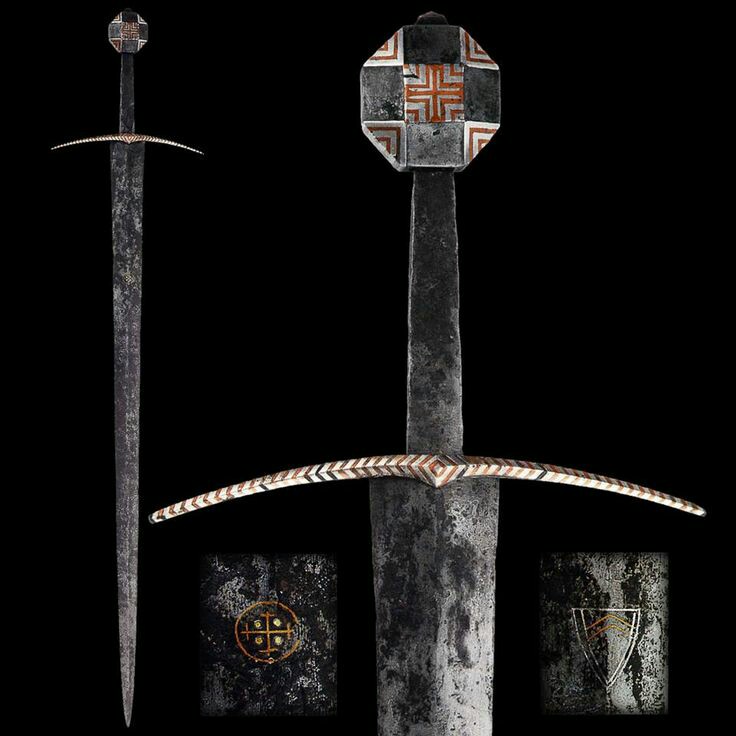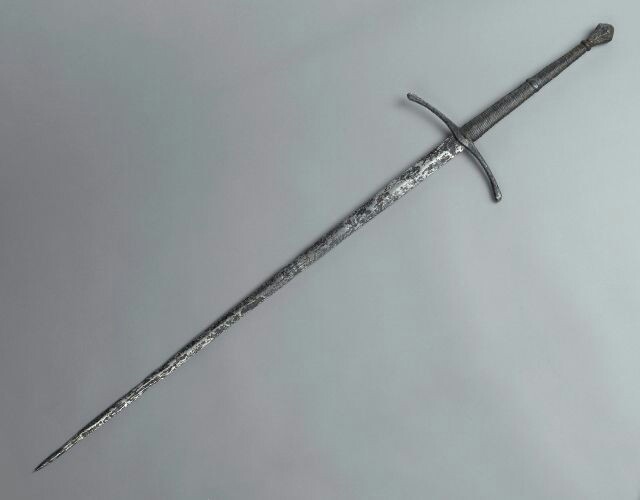So, I have been lurking on myArmoury for years now, imbibing information, biding my time, waiting. All of my many, many questions pertaining to arms and armour have been answered via nothing any more difficult than a simple keyword search. This is an amazing site; a diamond in the rough in terms of historical discussion.
My questions are pertaining to the following ~ 15th century sword that I recently stumbled across a picture of on Pinterest (dangerous, I know). This is the only picture of this particular piece that I have found, and I can find nothing else pertaining to it, even after searching the treasure trove that is myArmoury. My questions are: what are its place of origin, the exact decades of the 15th century that the sword is dated to, where it resides now, can anyone provide me with any other pictures of it, and is it even an historical piece? Also, in terms of modern classification of it's form, would you all consider it to be a Type XVa blade, with a Type J pommel? Also, would the crossguard be a Type 7 one with a pointed, flared écusson, or a Type 8 that is curved towards the blade? Also also, with respect to it being a legitimate historical specimen, it seems to be in amazing condition, thus I wonder if it has been modified along its long journey. It is an absolutely beautiful sword, and is quickly growing to be among my list of favourite historical longswords, so I would appreciate any amount of information that you guys can find for me.
Thank you all, and have a great evening,
Jon Makar


